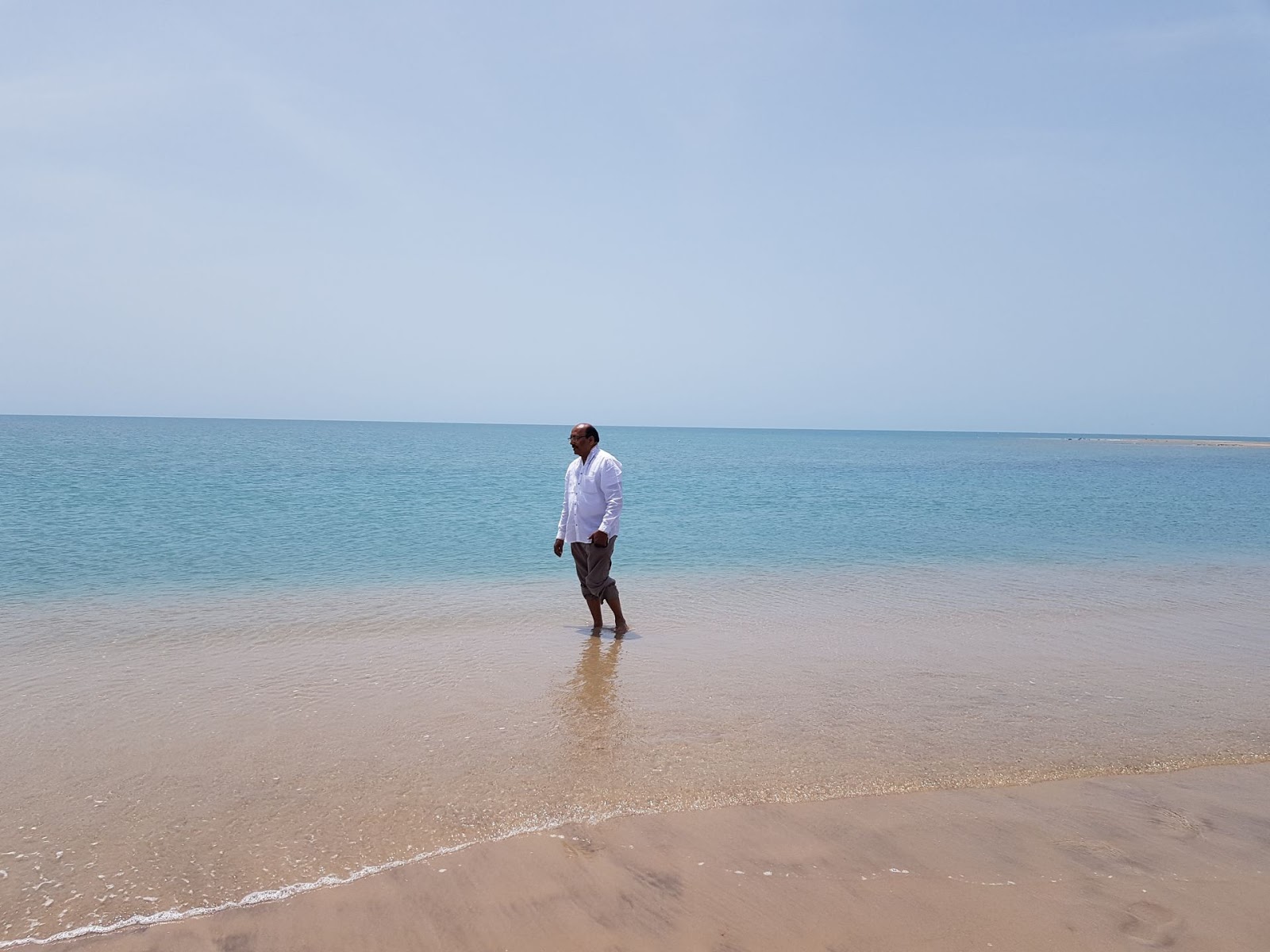HAPPY INDEPENDENCE DAY!
Seventy-one years ago on this day we won our freedom and became an Independent Nation and are quite happy…
But misuse of freedom by senseless troublemakers and the Crab Mentality or Crabs in a Bucket behavior by losing politicians and political parties is not good for our Country. These crab-like politicians are constantly fighting and through their actions and speeches and through the senseless support of the media, involving haters and critics of each and everything happening in our country with the sole intention of corrupting the minds of people and to topple popular Governments is not good for the Country.
We are free people, we must think intelligently, realize the game plan of such villains and defeat their evil intentions and help our country grow to be much more united, happier and prosperous.
Today on the occasion of our Independence Day let me express some views on Freedom:
Freedom is an innate right which humans have since their birth. Freedom is not something that can be touched, seen, felt or reached. All this gives a vague idea about freedom. What exactly does freedom mean?
Different people have different opinion, definition and thoughts about the idea of freedom. Some talk about freedom in political sense, some talk about social freedom, some about personal independence and some define it as religious freedom. But the fact that everyone wants to be free, holds true in all cases.
Freedom is the choice to live one’s life doing what one wants, live where one wants, eat by own choice and learn what one’s heart desires. This means that freedom can apply to different aspects of life and freedom is not an absolute term.
Freedom is to ensure respect and not just live free. All societies define freedom in their own respect. Different cultures see freedom in their own light and thus people living in different cultures enjoy freedom in ways that they feel appropriate.
Enjoying our freedom does not mean that we disregard the rights of others and live the way we feel right. We have to consider the rights and the feelings of people around us when living our freedom.
Similarly, a free person does not have to fear when expressing his opinion ensuring that others respect and feelings are not hurt. Societies which encourage freedom of opinion, thoughts, beliefs, expression, choice etc. are the ones where creative minds flourish.
Freedom does not come with independence. Freedom is also about appreciating the enchanting beauty of nature and environment around us. A person who is worried and anxious cannot be free at mind and hence cannot enjoy the scenic beauty of a lovely moonlit sky or the pleasant music of the singing birds at the sunset.
Hence, freedom is all a state of your mind. It implies that your mind is under no fear or compulsion of safety in life. The feeling of having social recognition, of being praised and of being safe does not mean freedom. Our Aspirations and ambitions of being somebody are absurd and do not suggest freedom.
Education or preaching does not make us free. Following an ideal person or an example of a master is not a sign of freedom of a person. Freedom is the absence of any pressure from the social, political and religious environment that we live in.
Freedom has certainly no particular definition. While some think of it as the opportunity to act freely and personify ideas, others are of the view that it is about the possibility of doing what you want to do regardless of the impact on the other people.
For a prisoner, being out of the prison means freedom. But from social perspective, freedom is definitely something that a person is free to do while abiding by social customs and law of the country. No societies can guarantee absolute freedom to all social creatures. This is because it will be a complete chaos if we try understanding what everyone in the society wants to do.
Thus, freedom is not an absolute right, and it too has some constraints. A freedom that poses threat to the society and the nation we dwell in is not freedom in real sense. One cannot kill people, violate laws, smuggle drugs or doing anything detrimental to the society and call it freedom. A popular saying goes: “Your freedom ends where mine begins”. All of us have our own thoughts and ideas of being free.
Freedom is non-denial of our basic rights as humans. Some freedom is specific to the age group that we fall into. A child is free to be loved and cared by parents and other members of the family and play around. So this nurturing may be the idea of freedom to a child. Living in a crime-free society in safe surroundings may mean freedom to a bit grown up child.
Similarly to a youngster or a teen, freedom may be about hanging out with friends, enjoying group activities. Some teens may want to involve in social service and contribute freely to the cause of underprivileged or poor. It may mean freedom to them. Old people may seek security of health and life, spend good time with grandchildren, involve in religious and social activities and believe it to be their freedom.
Thus freedom is about belief more than a concept. Deprivation of freedom is like a punishment to a human being.
HAPPY INDEPENDENCE DAY! –
May this crab mentality among politicians
and trouble makers’ end!...
"If I can’t have it, neither can you."
"If I can’t do it, neither can you."
"If I can’t see the bigger picture, neither can you."
"If I can’t be successful, neither can you."
"If I can’t achieve more, neither can you."


























































